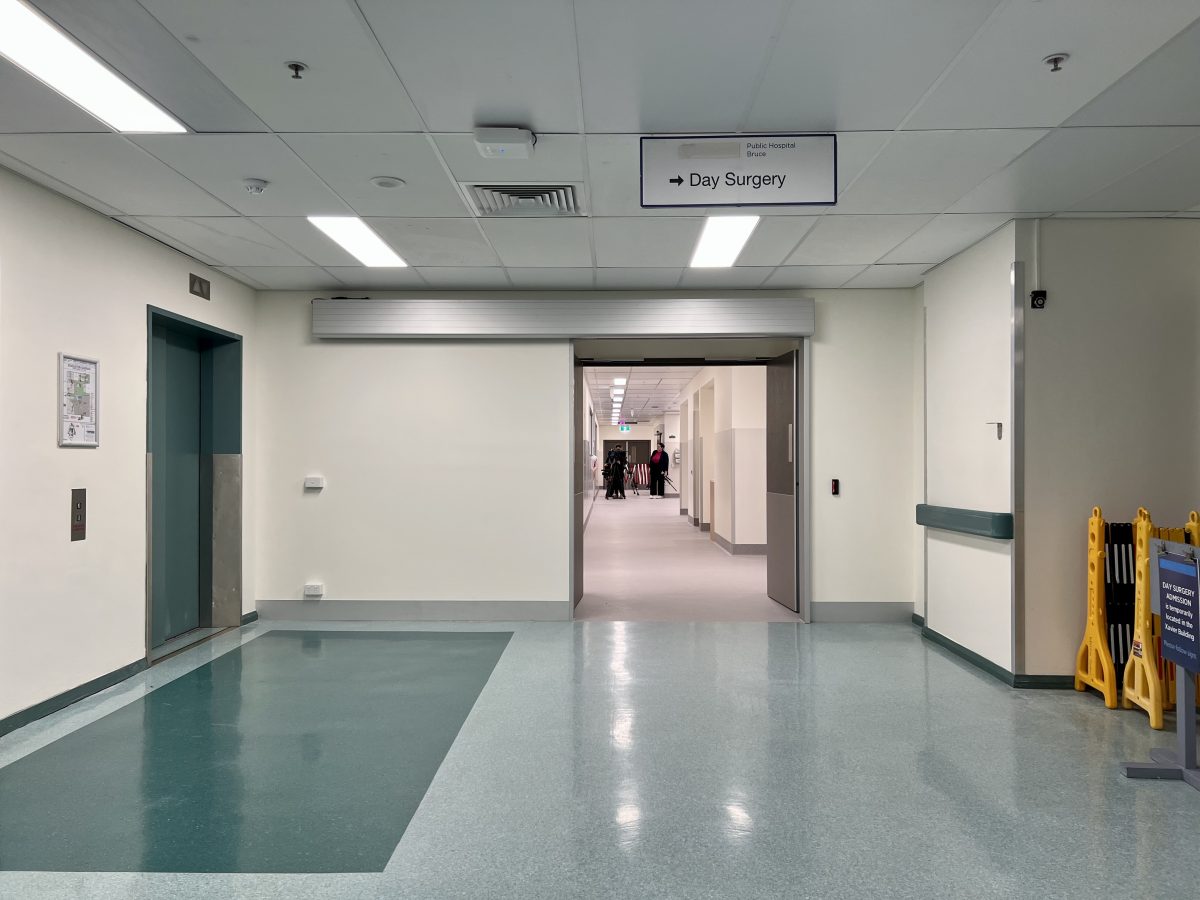
Australia’s healthcare system is burdened by growing rates of obesity and alcohol consumption, but its productivity is high. Photo: James Coleman.
Australia’s healthcare provision is among the best in the world, but growing rates of obesity and alcohol consumption are stressing the system, according to new research from the Productivity Commission.
In its first of two reports on productivity in healthcare, released Tuesday night (23 April), the Commission found that Australia’s healthcare system delivers some of the best value for money in the world.
Contrary to prevailing views, the Commission’s research suggests parts of the healthcare sector have experienced robust productivity growth in recent years.
Australia’s healthcare productivity ranks third among 28 high-income countries once behavioural and environmental risk factors and the age of the population are taken into account.
This research paper heralds the first time the quality of Australia’s healthcare has been considered in an assessment of productivity.
“Australia’s healthcare spend is big and getting bigger, but we are seeing significant return on that investment through better health outcomes,” said Commissioner Catherine de Fontenay.
“Previous research assessed the productivity of our healthcare system by looking at how much it costs to provide a service, such as a visit to hospital.
“This research looks at how much it costs us to treat a particular disease and the outcomes of treatment. Looking at the outcomes our system creates for patients provides a much more accurate picture of its productivity.
“A healthcare system that gets people in and out of hospital quickly and cheaply isn’t much good if those patients aren’t getting better.”
According to the research, quality-adjusted productivity grew by about 3 per cent per year across the subset of diseases the Commission studied.
It says that the biggest contributions to productivity growth haven’t come from doing more with less but rather from providing more effective healthcare services.
Quality improvements, not cost reductions, were the big drivers of productivity growth, and the vast majority of these have come from advances in saving lives.
“Productivity growth was particularly strong for the treatment of cancers, likely due to the introduction of new cancer therapies in the 2010s. This highlights the importance of quickly integrating new treatments as they emerge,” Dr de Fontenay said.
“Healthcare spending already accounts for 10 per cent of GDP, and this is only going to increase as our population ages. Our challenge moving forward will be to provide services more cheaply and efficiently without compromising on quality.”
Of huge concern though, are the rising rates of obesity and alcohol consumption among Australians.
The report finds reducing these risk factors would enable the healthcare sector to do more with less.
“We have the fourth highest rate of obesity among the countries we studied and the sixth highest level of alcohol consumption,” Dr de Fontenay said.
“This worsens population health and creates more work for our healthcare sector.”
Productivity gains have not been universal.
Big quality gains have been achieved through advances in saving lives, but fewer gains have been detected in improving quality of life.
Australia has made significant gains in reducing rates of smoking and skin cancers, but spends relatively little of the healthcare budget on preventive care – significantly less than our OECD counterparts.
And although welcome, quality-driven productivity improvements have done little to ease healthcare’s growing fiscal burden.
The paper suggests three reforms that should be embraced: reducing sizeable risk factors such as obesity and alcohol consumption; more timely approval processes for pharmaceuticals and other medical technologies to help ensure the diffusion of new treatments remains a positive contributor to productivity growth; and identifying smarter avenues for cost savings.
The report also suggests better integration of emerging digital technology to help contain healthcare spending without sacrificing the quality of care.
“Digital records, new models of remote care, and new technologies, such as AI, can make healthcare more efficient and less costly if integrated safely and effectively,” Dr de Fontenay said.
This first paper estimates healthcare productivity growth and benchmarks the productivity of Australia’s healthcare sector against that of other countries.
A second paper, to be released in early May, will consider how governments can leverage digital technology to improve patient outcomes and productivity in healthcare based on a selection of case studies.
Original Article published by Chris Johnson on Riotact.





